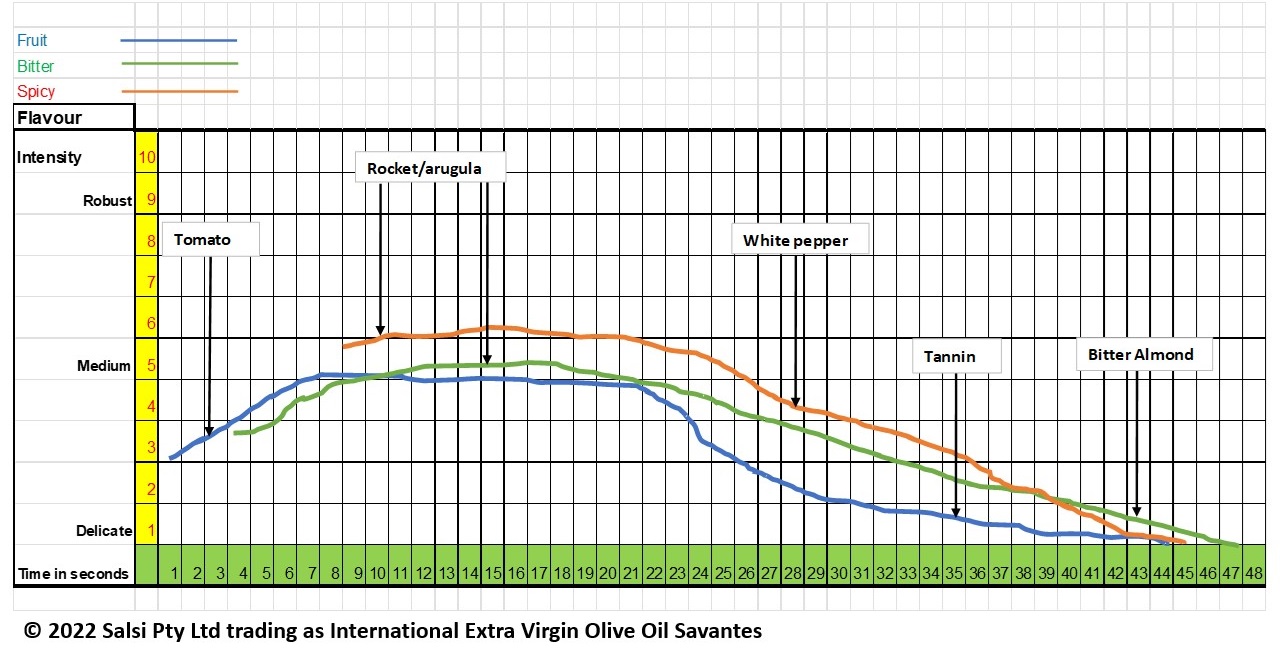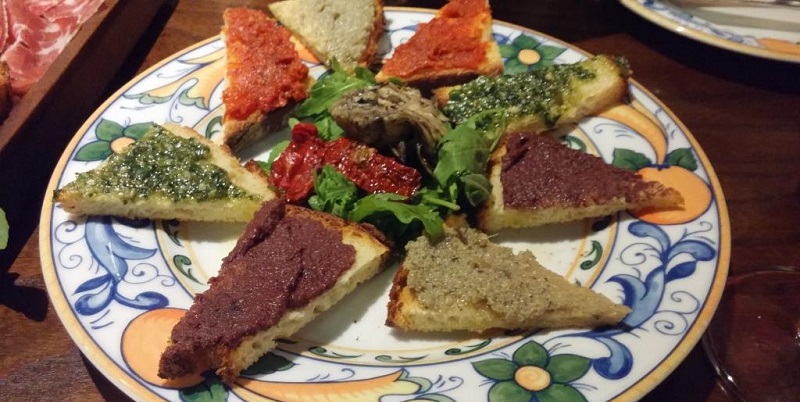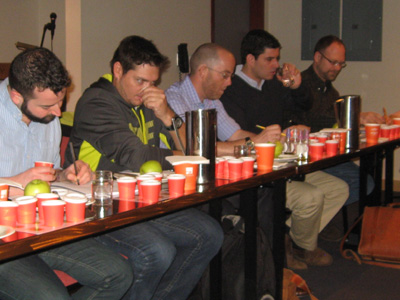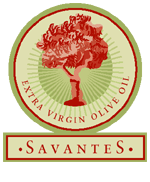International Extra Virgin Olive Oil Savantes restarts in Melbourne with new method for tasting olive oil.
Savantes Savourgram © to be Introduced at Savantes Melbourne, March 2023
The internationally acclaimed International Extra Virgin Olive Oil Savantes Programme will restart in Melbourne with yet another innovation.
With programmes held prepandemic in 11 countries Savantes has introduced the Savantes Skills Test recognising individual tasters, the national Team Tasting Championships in France, Spain and Greece, and the inaugural World Team Tasting Championship held in Spain in 2019.
Now Savantes has developed a new creative multi-dimensional method of tasting and recording extra virgin olive oils.
In the continuing development of the Savantes tasting philosophy we have developed the concept of ‘The Palette of Flavours’ with colours representing the positive characteristics of fruitiness (blue), bitterness (green) and spiciness (red).
To represent the progression of flavours along the palate, a graph has been devised with the vertical axis representing intensity and the horizontal axis representing time in one second intervals.

Our Sales Narrative Must be Built from the Consumer’s Perspective – Value for Money
Clearing out some dusty books I came across a 2011 publication sponsored by the European Union and Spain entitled ‘The surprisingly, marvellous, savoury, curious, healthy, historic, artistic and fantastic world of Olive Oil’. It is a beautiful informative book. The first significant pictorial of food comes on the 27th page. The preceding pages are full of production data, varietals, mythology, olive oil classifications and pictures of the olive groves of Spain stretching to the horizon.
The question is; does it sell olive oil to the consumer or is it a little self-indulgent, trying to satisfy those who paid for it first, the publisher, the producer organisations, the politicians and secondly persuade, incidentally, consumers? Is it trying to portray each of the facets described in the title? I am sure it has made money for the graphic artists, the designers, the authors and the administrators – I question the return to producers? My observation is that in the last 10 years since the publication of this book our narrative has not changed.

We hear endlessly of the Mediterranean diet pyramid in the context of olive oil sales. Analysis of Google Trends in the USA shows that a slight upward trend in searches on the Diet does not seem to lead to increased searches for olive oil.
Are Laboratories the Replacing the Palate?
There are many reasons given for the current oversupply of olive oil around the world – tariffs, trade agreements, loss of consumer confidence and the ubiquitous absence of educated consumers. Most of these are out of the control of the producers.
Contributing to this oversupply is declining or stagnant consumption in the main consuming countries – Spain, Italy, Greece and the USA.

There is one consideration which we observe in tasting extra virgin olive oils in Savantes programmes which does not get much attention. That is the question of whether the drive for quality defined by chemical parameters is producing a robust and bitter style and flavour of extra virgin olive oil which consumers do not like.

